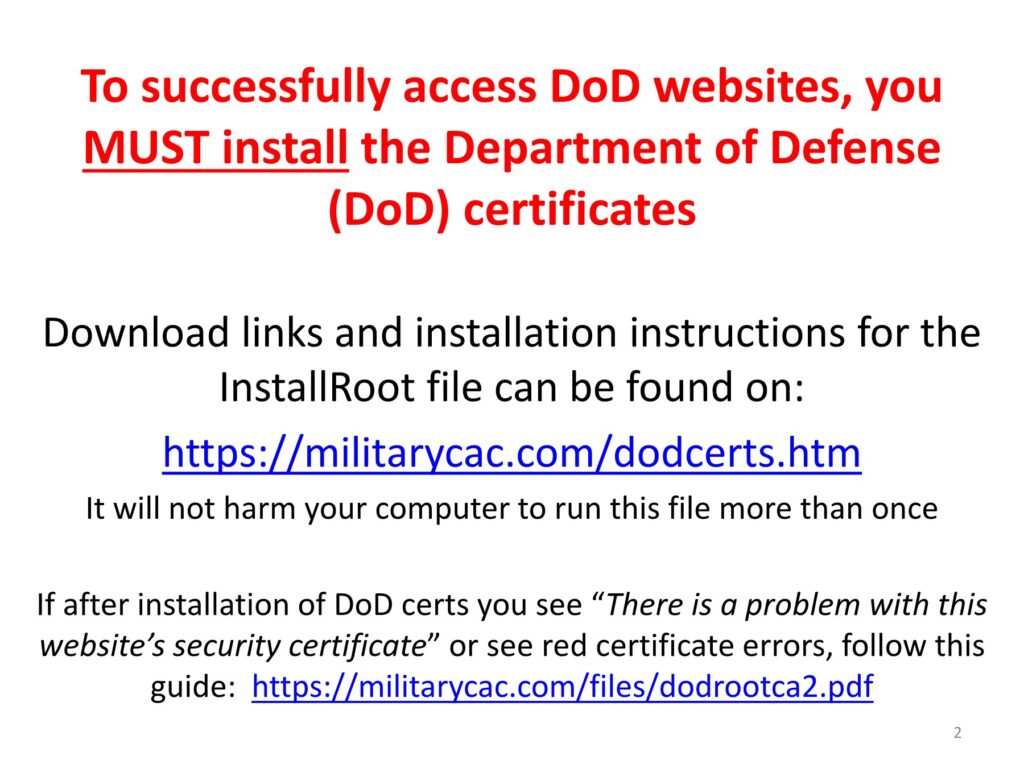The Army enterprise email system was developed to replace the email systems used at different posts, camps, and stations around the world. The purpose of these systems was to allow users to move from one duty station to another and keep the same email address. The system is used by both soldiers and civilians. The Joint Staff has also made the transition to DISA enterprise email. In addition to enabling soldiers to keep their email addresses while moving, the system also supports the needs of the Joint Staff.
Features
After successfully migrating 1 million users to the Army’s new enterprise email system, the Department of Defense plans to move unclassified accounts to the cloud. Several branches of the Army are testing out cloud-based email solutions as well. Army enterprise email will enable the army to move information from headquarters to the battlefield in real time. The Department of Defense estimates that moving to the cloud will save $70 million annually. However, it should be noted that moving to the cloud comes with a set of drawbacks.
Among the most significant advantages of the new system is its ease of use. Compared to CAC and AKO email accounts, Army enterprise email is more intuitive to use. Users no longer need to remember passwords, user names, and passwords. The DEE provides delegate access, which means you can share your email account with others. Another benefit of using Army enterprise email is that it supports shared calendars and mailboxes. Additionally, you can assign a trusted user to manage your mailbox and send messages on your behalf. Using the new features of Army enterprise email, you can also share calendars, send messages on behalf of others, and even set up an Out of Office Assistant feature that will automatically reply to incoming emails when you’re out of the office.
Costs
The Army has been considering moving from its current e-mail system to a new one called Defense Enterprise Email (DEE). The program, which was created five years ago, is expected to cut Army costs by more than $80 million per year and improve cybersecurity. But what are the costs of using this e-mail system? In a DISA RFI issued in 2012, the Army Information Systems Agency was directed to evaluate alternative e-mail solutions and to establish a strategy for acquiring the system. The Defense Department’s chief information officer also instructed DISA to outline a fair competition for the program and to outline an acquisition strategy.
While the costs of using Army 365 are publicly available, the cost of purchasing them is a questionable proposition. While the Army intends to provide official email access to all Army personnel, it’s unclear what the plan will look like. A few questions remain, including how to get an alternative solution, but the Army’s G-6 officials said Wednesday that they hope to make a final decision before Christmas. However, it doesn’t have a formal request for proposals.
Security
The new Enterprise Email service from the U.S. Department of Defense (DoD) is being implemented to improve operational efficiency and increase security, while also facilitating joint effort between administrative and combat operations. The new system is designed to secure email and prevent phishing. Users will have a unified, secure platform to access their emails, as well as the ability to securely send and receive emails from a variety of sources. The DISA Enterprise Email Security Gateway Program Office is helping the Army incorporate the latest technology into its enterprise email system.
The Army is implementing the new enterprise email system to replace its CAC and AKO accounts, so it will not be necessary to worry about passwords and usernames. The switch is expected to be completed by March 2013, which the U.S. Army has committed to. There will be a smooth transition period until that time. To ensure the success of the new enterprise email system, the Army will continue to focus on security and backup. It has made progress in improving cybersecurity and cost savings.
Compliance
The Army Enterprise Email (AUE) program, also known as DoD Enterprise E-mail, is a new standard for the hosting and management of emails and other electronic mail services used by the US armed forces. It replaces the AKO Webmail platform, which the army dropped after realizing the expense wasn’t worth it. This new standard applies to over 534K accounts used by the Department of Defense, including the army, the JS, DISA, and EUCOM.
The Army Enterprise Email is expected to replace both CAC accounts and AKO accounts. The switch will eliminate the hassle of usernames and passwords and will allow users to use a single email account for Army business purposes. The Army expects to complete the transition by March 2013.
Quality of communications
The new cloud-based Army Enterprise Email (AEE) will replace the AKO Webmail system and provide email services to over 534K accounts. The system will streamline communication and reduce redundancy across the military. It also features a global address list that contains 4.5 million Common Access Card holders. As of January 2015, all army units will be using AEE, including the Joint Staff, EUCOM, and DISA. To sign up, users must obtain a PIV cert.
The AECE lead editor is responsible for the production of critical legal/policy documents and records. She also works on grammatically correcting documents and researching data to reinforce various reports and information. The role of the AECE lead editor also includes supporting senior administrative needs, such as reading lengthy meeting minutes and analyzing proposals from numerous national groups. She also assists the Echelon Leadership Council with national initiatives and other strategic goals.
